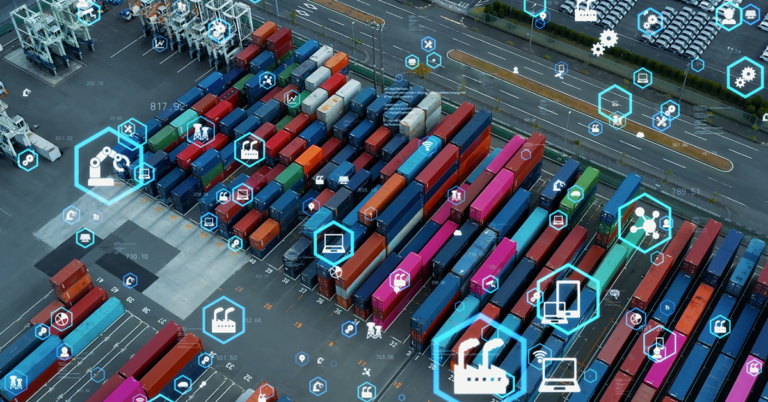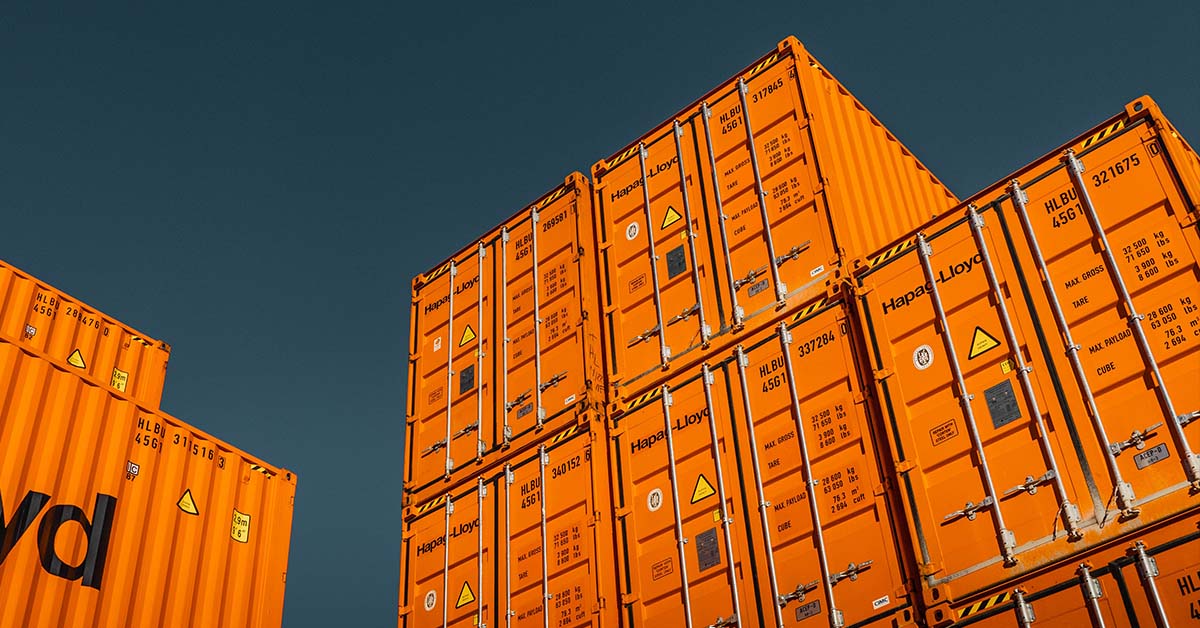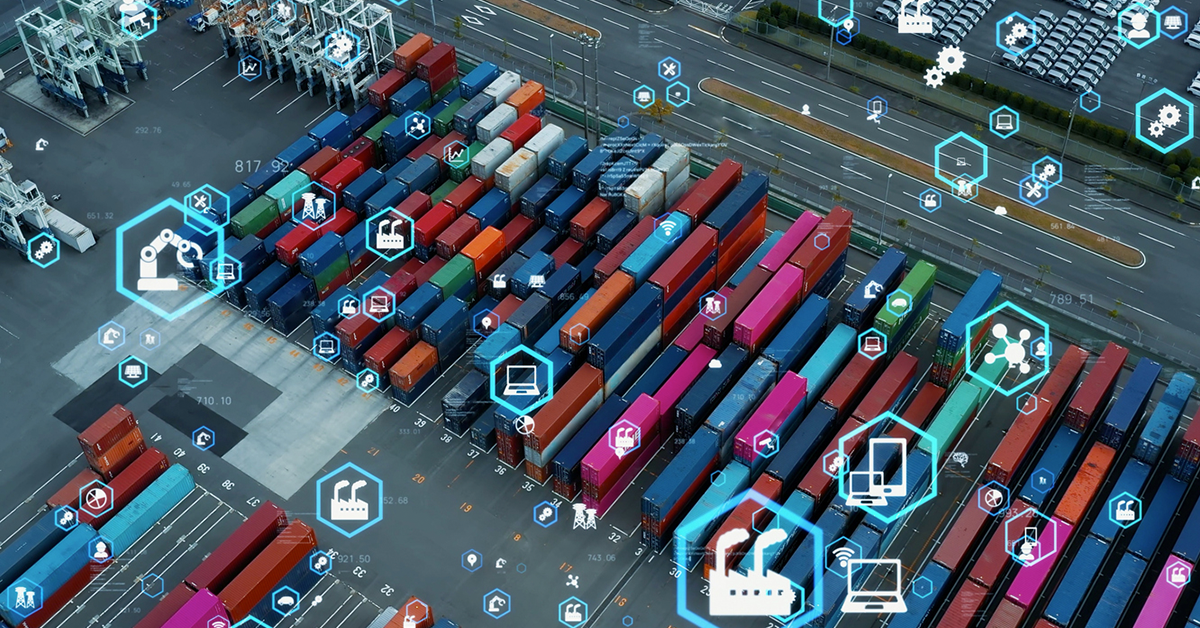What’s in this article:
- A crisis that is affecting the world economy – record-high shipping rates
- A problem also linked to shipping companies
- What happened to the containers?
Record-high shipping rates are affecting the world economy
The global transportation system in 2021 is experiencing a unique and unexpected crisis. The extraordinary cascade of events triggered by the pandemic led to a severe container shortage. The lack of available containers has an accumulating effect across supply chains, fundamentally disrupting international trade.
The shortage of containers in needed locations during the recovery phase has had a massive impact on rates. Market participants state that the cost of transportation has increased from approximately $1,500 to $6,000 – $9,000 per container in February this year. The shortage of containers also drives up the cost of new containers, as manufacturers increase their prices in response to strong demand. Chinese container companies, which dominate the market, are charging $2,500 for a new container, up from $1,600 last year.
The crisis arose due to four main reasons:
- A decrease in the number of containers available
- Congested ports due to a reduction in workforce
- Fewer ships in operation
- A significant change in consumer buying sentiment
A true “black swan” arrived in the middle of last year. Containers from Asia were shipped to North America, but due to COVID-19 restrictions, almost nothing moved in the opposite direction. Because they weren’t interested, shipping companies paid no attention to empty container returns. The already existing supply asymmetry turned into a delicate imbalance.
In addition, there was a severe labor shortage in American ports. And it wasn’t just about docks and warehouses. Due to border restrictions, movement through customs was also partially suspended.
Continuing trade imbalance between the US and China has resulted in squeezing container availability further. According to consultancy firm Descartes Datamyne, shipments are at an all-time high. In the first quarter of 2021, its volume increased 23.3% compared to the same period last year.
Labor crunch has meant drivers have been in short supply to transport containers to the country’s interior areas, creating more delays and increasing costs. Pre-pandemic, a container in the United States took approximately two days to return to the port after being at the destination of the merchandise. Over this year, this process can take between one and two weeks on average.
The role of shipping companies
Record-high shipping rates and the container shipping and crisis affected various business areas in different ways. For example, the transportation of high-value goods such as mechanical engineering products, electronics, and computer equipment was minimally affected. But for other product categories, especially the Asian textile industry, rising shipping costs had more severe consequences. Exporters argue that the sharp increase in freight rates caused the closure of many factories that operate on low margins, like in the garment industry.
Delays and container shortages have driven up prices. In Asia, deliveries have been delayed for several weeks, forcing many companies to negotiate price increases with buyers. There is an understanding that empty containers must be returned to Asia so that shippers can continue their business. Trade routes from Asia to the US have become so lucrative that shippers don’t even wait for cargo before shipping containers back to Asia, especially when there is no cargo at the port.
What happened to the containers?
Last year, China already announced that it was taking steps to increase the supply of containers. Chinese state media noted that the China Container Industry Association (CCIA) urges sea container manufacturers to increase their production dramatically. The association said China has been producing 300,000 TEUs a month since September to alleviate the shortage. Chinese container manufacturers extended their regular working hours to eleven hours a day.
What to expect in the future? While some reports from China point to better activity at its ports in recent weeks, others in the shipping industry remain pessimistic about the outlook for the coming months. Many people still believe that there will be no relief until the end of the year.
Numerous steps are being taken to break out of the stalemate, but it is unclear how the global container shortage crisis could normalize in the coming months. Unfortunately, freight rates are also forecast to remain high throughout the year.
It is already clear that this year will be a tremendous challenge for commercial and transport companies and, therefore, for the global economy.








